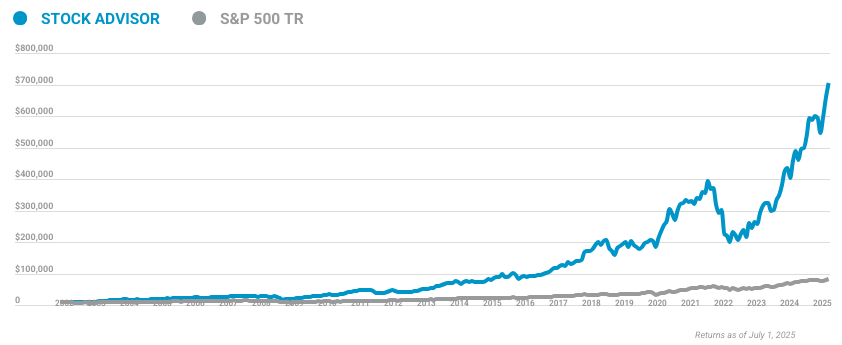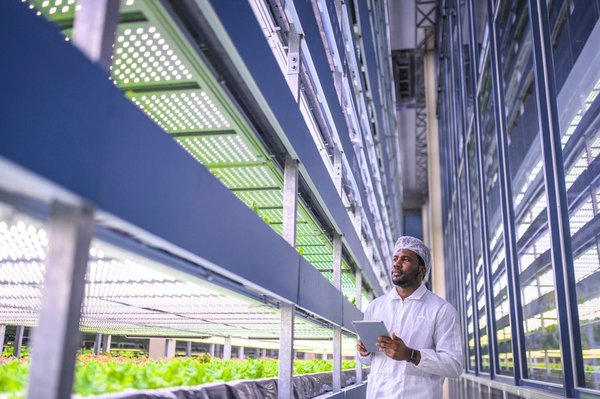The world is being hit with high inflation, and prices of basic food commodities such as wheat are on the rise. Russia’s war with Ukraine -- one of the world’s top wheat producers -- is compounding the problem. Some countries are also grappling with low crop yields, leading many nations to ban food exports because of supply worries. With the delivery of grains and other essentials being disrupted, wheat prices are soaring.
Commodities

What does it mean for investors? Owning businesses that produce wheat or service the food commodity industry could be a hedge against inflation, that insidious force that can lower the value of investment returns over time. Here’s what you need to know about wheat stocks.
Best wheat stocks
Best wheat stocks in 2024
There have been a lot of ultra-wealthy people interested in farmland. Billionaires such as Bill Gates and Jeff Bezos have reportedly been acquiring farmland in the past few years. Of course, for most investors, acquiring your own land for growing wheat or other agricultural products isn’t so easy. Here are seven stocks that yield exposure to wheat and other food staples and help with production of one of humankind’s most basic commodities:
| Company | Market Capitalization | Description |
|---|---|---|
| Deere and Co. (NYSE:DE) | $110.2 billion | Manufacturer of tractors and other farming equipment. |
| Archer-Daniels-Midland (NYSE:ADM) | $29.9 billion | A buyer, processor, and reseller of agricultural goods. |
| Bunge (NYSE:BG) | $13.2 billion | A top food supply chain operation. |
| Seaboard (NYSEMKT:SEB) | $3.5 billion | Agricultural products trading and transportation business. |
| MGP Ingredients (NASDAQ:MGPI) | $1.9 billion | A specialty producer of distillery and food products. |
| The Andersons (NASDAQ:ANDE) | $1.8 billion | Plant nutrient agribusiness focused on trade and merchandising. |
| Adecoagro (NYSE:AGRO) | $1.1 billion | A South American farming operation, including production of wheat. |
1. Deere and Co.
1. Deere and Co.
Deere and Co., better known as John Deere, is one of the most iconic U.S. farming companies. It manufactures tractors and other equipment, including wheat planting and harvesting combines.
In recent years, John Deere has been investing in technology to help with the automation of farming. Early in 2022, it unveiled a fully autonomous tractor that can go about its activity based on predefined functions while a farmer monitors its progress from a mobile device. Given the rising costs of wheat and other agricultural goods, as well as a steadily growing global population that needs to be fed, adding automation to increase crop efficiency may be a big need in the coming decades.
2. Archer-Daniels-Midland
2. Archer-Daniels-Midland
Archer-Daniels-Midland may not have the brand recognition John Deere does, but it is no less a giant in the agricultural industry. ADM helps manage the supply chain of food ingredients. It acquires basic commodities (including wheat), refines agricultural products into cooking ingredients, and resells and transports goods.
The company has reported significant disruption in the global food supply due to low crop yields in 2021 and 2022, with the war in Ukraine putting further strain on supply chains.
Supply Chain
Nevertheless, ADM has remained profitable and continues to manage steady growth via its food and ingredients operation. It’s also a solid dividend stock for investors looking for investment income.
3. Bunge
3. Bunge
Bunge is another agribusiness that serves to link farmers and producers of basic consumer staples. Wheat milling is among Bunge’s many food businesses, which it then sells and transports as food ingredient products.
As with other mid-market supply chain businesses, Bunge is also a developer of food technology and ingredients. This is a lucrative part of the food industry to be in. Since its U.S. IPO in 2001, Bunge’s sales and profitability have been cyclical, but it’s been able to dole out a rising dividend every year except for 2020 (when it temporarily paused dividend increases during the early days of the COVID-19 pandemic).
4. Seaboard
4. Seaboard
Seaboard is another food supply chain business, including the trading and overseas transportation of agricultural commodities. Among the commodities it deals with are wheat and other grains.
This multinational agricultural stock has been around a long time and has a notoriously high stock price (currently nearly $4,000 per share) because the company has never approved a stock split. Regardless, Seaboard has managed steady sales growth for decades, and shareholders have been enjoying steady share price appreciation along the way.
5. MGP Ingredients
5. MGP Ingredients
MGP Ingredients is best known for its wheat, barley, and rye distillery products used in the production of alcohol such as bourbon and other spirits. Additionally, MGP produces grain products for use in food, such as wheat starches.
Historically, MGP has been a cyclical business. Its sales are dependent not just on demand from its food and spirits customers but also on the market price of basic agricultural commodities. Amid the pandemic, however, the company was reporting record sales and profitability due to inflation and strong demand for liquor.
6. The Andersons
6. The Andersons
The Andersons is another supply chain agribusiness. It buys and sells basic commodities and produces renewable fuel, such as corn-based ethanol. But it’s the plant nutrient segment that has been booming since the start of the pandemic because of rising inflation.
Since it deals in commodities, The Andersons has also been a highly cyclical stock. Higher revenue due to inflation doesn’t automatically equate to higher profits, but the company has steadily paid a regular dividend for many years.
7. Adecoagro
7. Adecoagro
Adecoagro is the only actual farming company on this list. A South American operation that produces wheat and other basic staples, it completed its U.S. IPO in 2011.
Lower crop yields lately have been more than offset by soaring prices of basic food commodities. As a result, this low-cost producer of grains and other agricultural products has been reporting record revenue and earnings. As a basic commodity company, Adecoagro’s stock will be volatile. However, it does have a policy of distributing at least 40% of its prior year adjusted free cash flow to shareholders in the form of a dividend.
Related investing topics
Investing in wheat stocks can be volatile
With wheat and other food prices sharply on the rise, it’s tempting to chase down growing companies in this space. Be wary, though. Investing in commodity businesses can be highly volatile, and revenue and profitability can change quickly due to market prices of basic goods. Nevertheless, with inflation a major concern among investors right now, adding small portfolio exposure to wheat might make sense.









